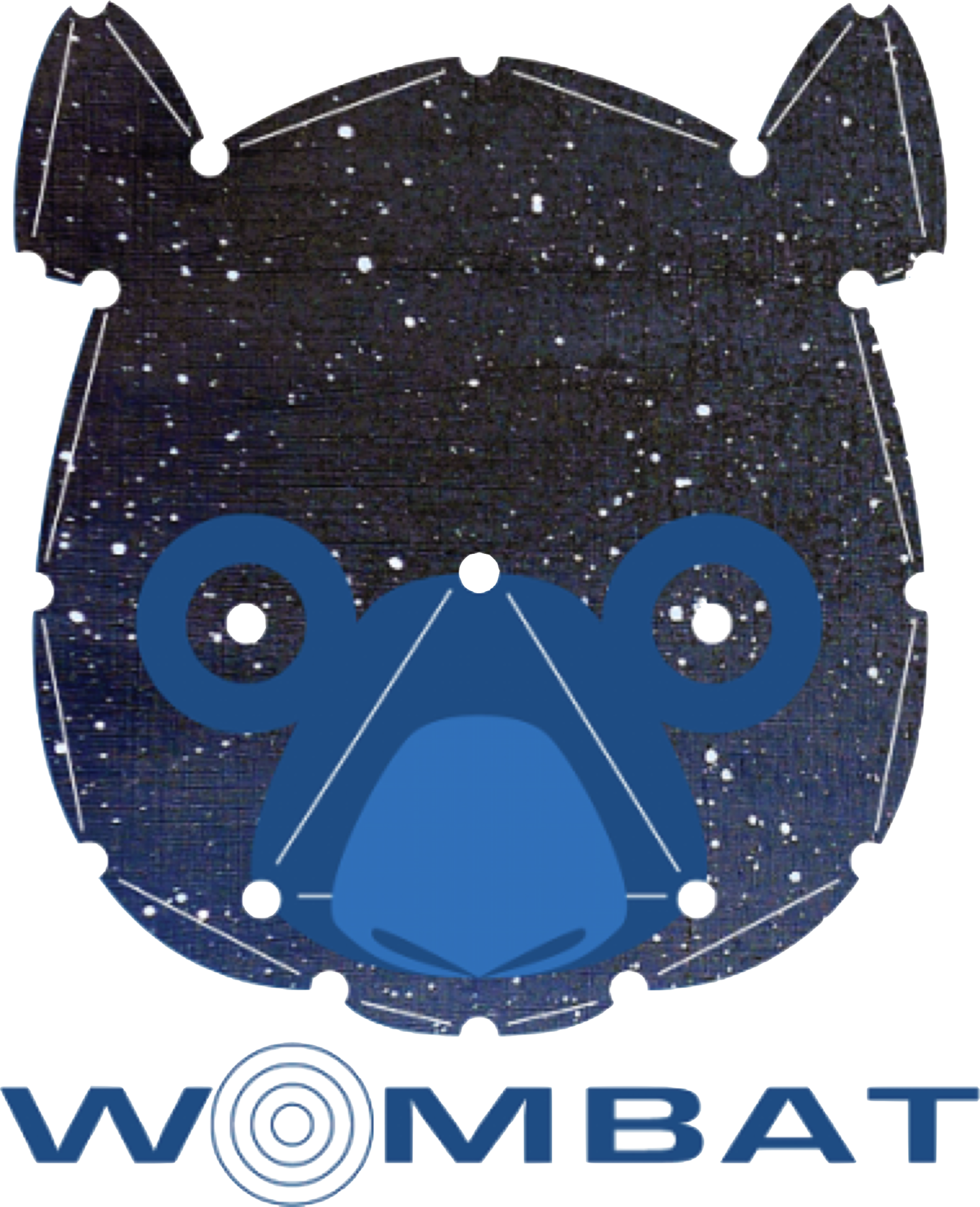Introduction
Our Universe is a strange and beautiful place. Astrophysicists study this final frontier, assuming that the laws of physics from earth are also valid in galaxies billions of lightyears away ...
Today, progress in our understanding of the cosmos is driven by new telescopes, built by curious astronomers to look even closer and in a different way at the Universe.
In our project, we aim to understand the complexity of galaxy clusters that emerges from puzzling new discoveries by next-generation radio telescopes, built in the Netherlands, New Mexico, India, Australia and South Africa.
We need computer simulations to gain further insight into these observations and understand the mechanisms behind them. The new data is incredibly challenging to model, because we have to accurately follow complex physics over a wide range of length scales.
The complexity of the numerical problem requires us to completely overhaul the underlying software to efficiently run even largest simulations - a challenging task for the biggest super computers to date. That is why we have teamed up with engineers from Cray Inc. to build the most efficient simulation code to date.

